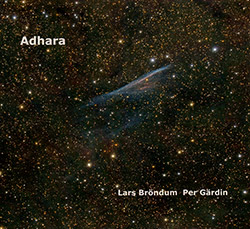
Swedish improvisers, saxophonist Per Gardin--known for his work with Rodrigo Pinheiro & Pedro Lopes and Oblique (Trio)--joins fellow Swede Lars Brondum, whose work focuses on modern composers like Cardew, Ligeti, and Riley, here on modular synth and theremin, as the two focus on the star Adhara in the Canis Major constellation through 6 stellar object-named ea-improvisations.
Out of Stock
Quantity in Basket: None
Log In to use our Wish List
Shipping Weight: 3.00 units
Sample The Album:
Lars Brondum-modular synthesizer, Theremin
Per Gardin-alto saxophone, soprano saxophone
Click an artist name above to see in-stock items for that artist.
UPC: 5609063405996
Label: Creative Sources
Catalog ID: cs599
Squidco Product Code: 27608
Format: CD
Condition: New
Released: 2019
Country: Portugal
Packaging: Cardboard Gatefold
Recorded at Fylkingen, in Stockholm, Sweden 20/10 2018 (6) & 20/1 2019 (1) and at EMS 29/3 2018 (5) & 16/10 2018 (2,3,4).
"One of the most interesting European saxophonists is Per Gärdin, which operates from Stockholm. This musician is anything but a crowd pleaser; rather he is a researcher who, while playing, is always his stubborn self and always finds his way, whether solo or in the company of other musicians. He does not seem to impose restrictions and collaborations can therefore lead to unusual combinations of instruments. He combined his playing with that of a church organ and turntable percussion ( History of The Lisbon Chaplaincy, with Rodrigo Pinheiro and Pedro Lopes) and with electronics and drums / percussion ( Oblique (Trio)), with Travassos and Marco Franco). In his recent work he opts for the lighter saxophones: alto and soprano. He did the same for his solo album Gabo, which was released in November last year.
On the new album Adhara, Gärdin forms a duo with the also Swedish musician Lars Bröndum. That is a brand new music professor at the University of Skövde. Bröndum is at home in composition and music theory, plays the guitar, but is also very regularly involved with electronics. Both musicians are at home in modern composed music. For example, Bröndum obtained his PhD in 1992 with a music-theoretical study of a chamber concert by György Ligeti and he also composes himself. In the past, Gärdin performed works by composers such as Cornelius Cardew and Terry Riley.
The two musicians do not compose on their joint album, or it must be instant composing. Gärdin can be heard again on alto and soprano sax and Bröndum is busy with a modular synthesizer and a theremin. In six pieces, three of which are short and three long, musical possibilities and the merging of sounds are explored. It is striking that the music sounds transparent; every note and sound comes out well.
Adharaopens with the fifteen-minute 'Being'. A drone of the synth is accompanied by high tones of the sax, in which Gärdin makes much use of air and the valves of the sax can also be heard. The saxophonist, who understands the art of radiating a certain calm even when he plays fast notes, is improvising on an ever-changing electronic background, because Bröndum is not a static and hardly changing drones and does much more than a drone. Bouncing and bubbling sounds, percussive sounds and movements from left to right give the music a lively but also enigmatic character. Gärdin doesn't seem to care. On the contrary:
With just under eleven minutes, the title piece is also one of the long pieces on the album. In the beginning, Bröndum plays a striking melodic role, although the experimental sounds he produces remain. Gärdin counteracts the multitude of electronic sounds by appealing to his high register and playing vibrators. Gradually he takes over the melodic role and Bröndum is percussive while at the same time laying a drone. Further on, Gärdin plays with a lot of air and with diffuse starters, as if they are produced with difficulty. Bröndum creates tension with pulsating sounds, playful motifs and incidental accents. The saxophonist plays on the edge of the altissimo register and over it, while his companion creates organ sounds with his synthesizer. Those sounds change into electronic suspense, which increases in intensity.
Longest stretch on Adharais 'Sirius C', which takes more than twenty minutes. It starts with percussive sounds, over which Bröndum superimposes a threatening rustling drone and adds a pulsating high tone and sliding sounds. Gärdin follows the created tension through fluttering play with a lot of air and high tones. But nothing remains the same in the piece that contains the movement in the various musical finds that the two Swedes conjure from their instruments. Just like in the other pieces, you are on top of it as a listener; in a solo passage, in addition to the tones played, the sound of the valves and Gärdin's breathing can be heard. The music is constantly loaded with tension by the mysterious and sometimes even ominous electronic sounds. However, Bröndum also introduces playful elements, such as an irregular rhythm and a melodic pattern, with which he provides lighting. Whatever the electronics musician makes up, Gärdin's response is always adequate; no challenge is too much for him and his musical is so great that a creative answer follows every surprise. Even if Bröndum boosts the volume considerably in the final phase, the saxophonist remains proudly in the musical fervor around him with not too intrusive means.
The three short pieces are located between the longer pieces. 'NGC2362a' has, among other things, an unstable rhythm, as if the electronic sounds are randomly struck on a keyboard. Gärdin navigates between the high and the top register, which also causes the necessary tension. 'NGC2362b' has an intense drone, under which ominous sounds move. The saxophonist forms the playful element with his eventful play. 'M41', finally, starts with a sliding theremin sound, followed by whirling sounds under water, which in turn are followed by busy beeps. The combination of the sounds also works, as appears later. Together with the undisturbed note-producing alto sax, it leads to a bustling piece of music that could have been a bit longer.
Those who like an audible musical voyage of discovery have come to the right place at Bröndum and Gärdin. On Adhara something is constantly going on, new paths are being explored and the musical possibilities seem almost limitless. The paragraphs above must be regarded as inadequate sketches of what is happening in the music of the two artists, who have the necessary musical experience and who make full and especially inventive use. Bröndum and Gärdin do not exhaust themselves in a musical display of power, but bring their two musical spirits together in a playful and imaginative way, without denying their individual voice. The result is impressive, even after several turns."-Opduvel (translated by Google)
Get additional information at Opduvel
Artist Biographies
• Show Bio for Per Gardin "Per Gardin, b. 1956, soprano and alto saxophones in mainly improvisational settings. Originally selftaught, later studied saxophone and music theory for Lennart Jansson, and Musicology, Ethnology, Philosophy and History of Ideas at Stockholm University. Collaborations in improvised music at EMS, the electronic music studio in Stockholm 1979-1982. Worked in different studio sessions in duo/trio/quartet settings in the mid to late 80s. From the 90s and onwards mostly small temporary groups and solo saxophone improvisations and recordings. 2009-2010 a member of Total Vibration (including among others Markus Breuss and Tsukiko Amakawa), a group based in Spain concentrating on playing Don Cherry-compositions." ^ Hide Bio for Per Gardin
12/9/2025
Have a better biography or biography source? Please Contact Us so that we can update this biography.
Track Listing:
1. Wezen 15:18
2. NGC2362a 3:46
3. Adhara 10:34
4. NGC2362b 5:08
5. M41 4:36
6. Sirius C 20:23
Creative Sources
Improvised Music
Free Improvisation
Electro-Acoustic
Electro-Acoustic Improv
Duo Recordings
European Improvisation and Experimental Forms
Search for other titles on the label:
Creative Sources.


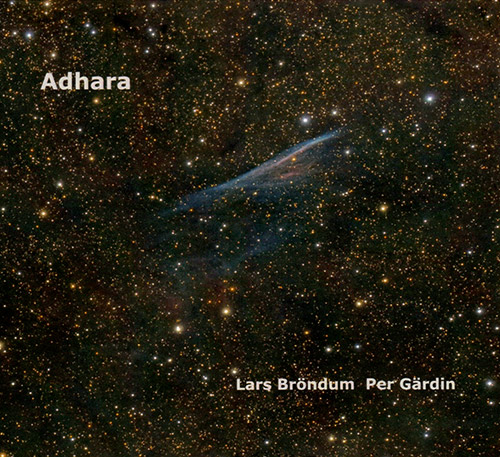
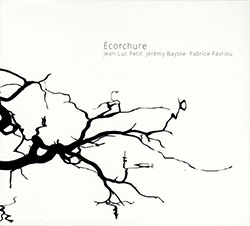
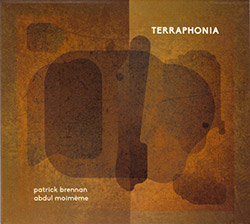
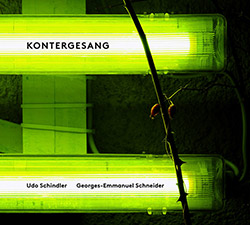
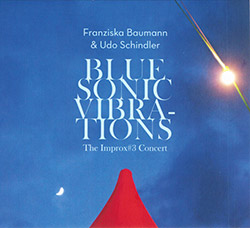
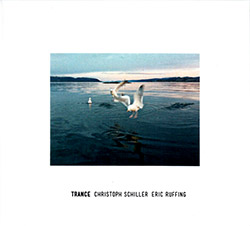
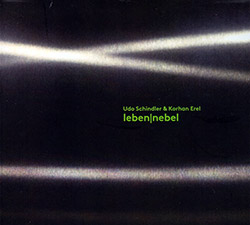
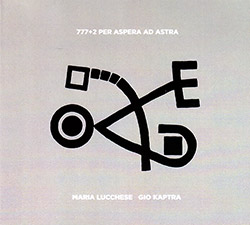
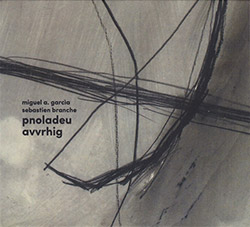
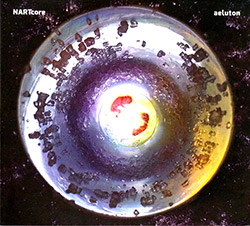
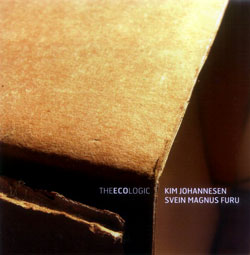

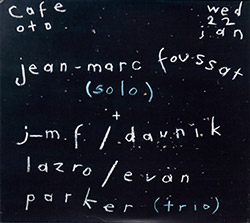
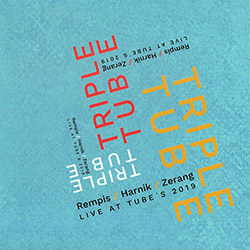
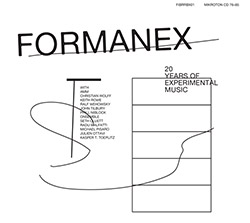
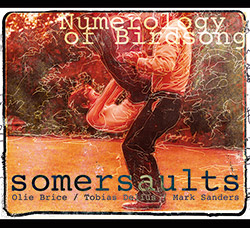
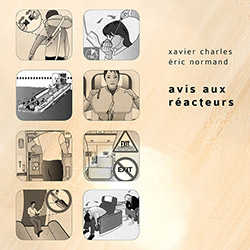
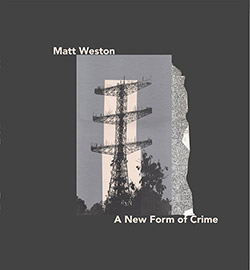
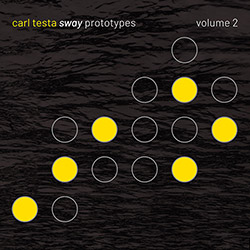

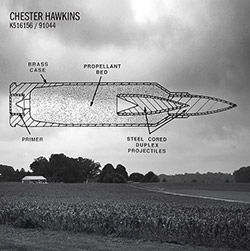
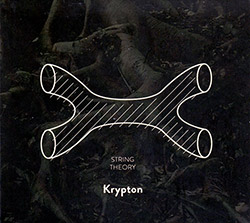
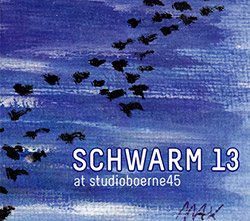
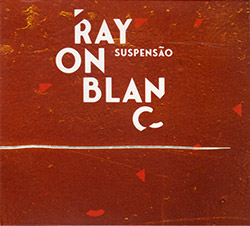
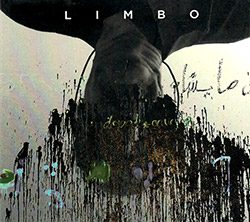
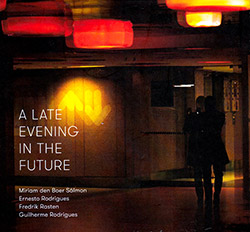
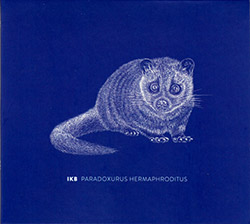

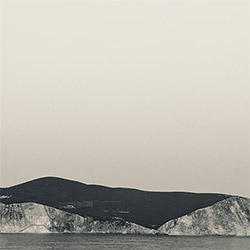
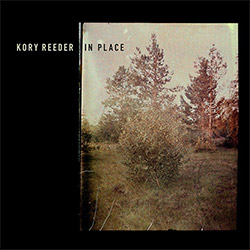
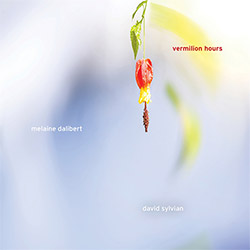
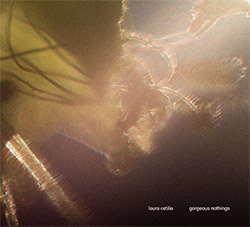
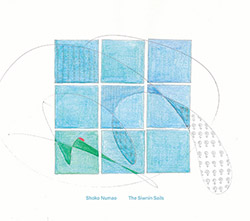

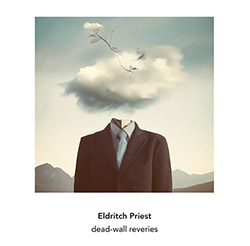
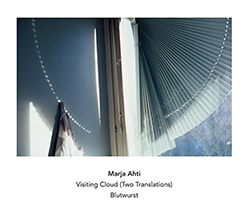

![Agnel, Sophie: Learning [VINYL]](https://www.teuthida.com/productImages/misc4/36841.jpg)
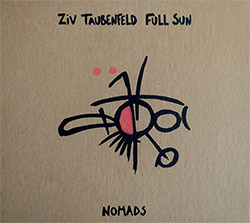
![Monaco, Amanda (w/ Michael Attias / Sean Conly / Satoshi Takeishi) : Deathblow [VINYL]](https://www.teuthida.com/productImages/misc4/36956.jpg)
![Frey, Jurg with ensemble]h[iatus: Je Laisse A La Nuit Son Poids D](https://www.teuthida.com/productImages/misc4/36988.jpg)
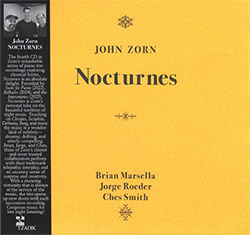
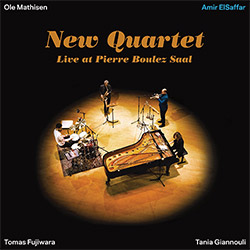
![ElSaffar, Amir / New Quartet : Live at Pierre Boulez Saal [VINYL]](https://www.teuthida.com/productImages/misc4/36830.jpg)
![Zorn, John: The Song of Songs [CD + CD BOOK]](https://www.teuthida.com/productImages/misc4/36923.jpg)
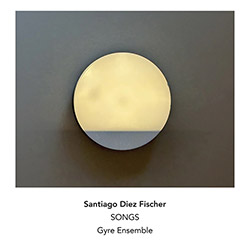

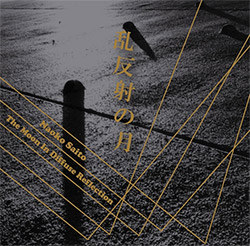

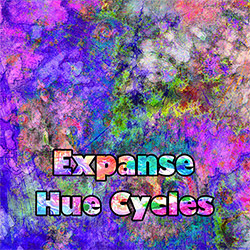
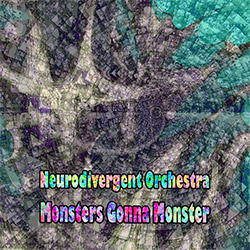
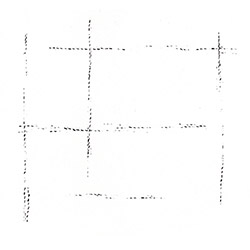

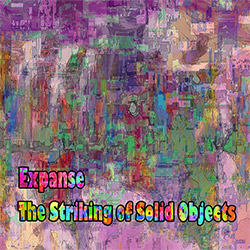
![Musicworks Magazine: #152 Fall 25 [MAGAZINE + CD]](https://www.teuthida.com/productImages/misc4/37004.jpg)
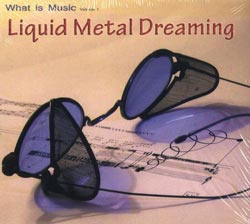

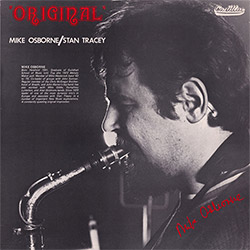
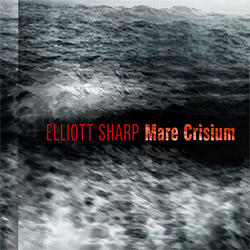
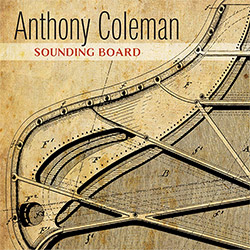
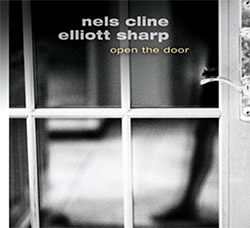
![[ahmed] (Thomas / Grip / Gerbal / Wright): Sama](https://www.teuthida.com/productImages/misc4/36976.jpg)
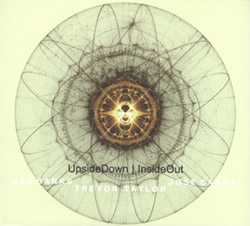
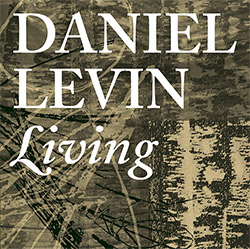
![Cleaver, Gerald / Brandon Lopez / Hprizm: In The Wilderness [COLOR VINYL]](https://www.teuthida.com/productImages/misc4/33060.jpg)
![McPhee, Joe : Defiant Jazz: a Joe McPhee Taster [VINYL]](https://www.teuthida.com/productImages/misc4/36859.jpg)
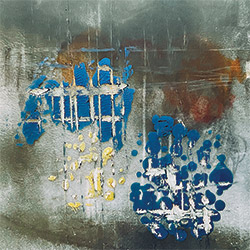
![Mateen, Sabir / Patrick Holmes / Federico Ughi : Survival Situation [LTD VINYL LP + DOWNLOAD]](https://www.teuthida.com/productImages/misc4/29891.jpg)
![Tucker, Dave / Pat Thomas / Thurston Moore / Mark Sanders: Educated Guess Vol. 1 [COLORED VINYL]](https://www.teuthida.com/productImages/misc4/30183.jpg)
![Sarian, Michael / Matthew Putman: A Lifeboat (Part I) [COLORED VINYL]](https://www.teuthida.com/productImages/misc4/30426.jpg)
![Carter, Daniel / Tobias Wilner / Djibril Toure / Federico Ughi: New York United Volume 2 [COLOR VINYL]](https://www.teuthida.com/productImages/misc4/30665.jpg)
![Mela, Francisco feat. Matthew Shipp / William Parker: Music Frees Our Souls, Vol. 1 [BLUE VINYL]](https://www.teuthida.com/productImages/misc4/30999.jpg)
![Heroes Are Gang Leaders: LeAutoRoiOgraphy [COLORED VINYL]](https://www.teuthida.com/productImages/misc4/32253.jpg)
![Carter, Daniel / Matthew Shipp / William Parker / Gerald Cleaver: Welcome Adventure! Vol. 2 [COLOR VINYL]](https://www.teuthida.com/productImages/misc4/32385.jpg)
![Carter, Daniel / Evan Strauss / 5-Track / Sheridan Riley: The Uproar In Bursts Of Sound And Silence [COLORED VINYL]](https://www.teuthida.com/productImages/misc4/32515.jpg)
![Ackerley, Jessica / Patrick Shiroishi / Chris Williams / Luke Stewart / Jason Nazary: SSWAN: Invisibility is an Unnatural Disaster [COLORED VINYL]](https://www.teuthida.com/productImages/misc4/32586.jpg)
![Mela, Francisco feat. Cooper-Moore / William Parker: Music Frees Our Souls, Vol. 2 [COLORED VINYL]](https://www.teuthida.com/productImages/misc4/32735.jpg)
![Amba, Zoh / William Parker / Francisco Mela: O Life, O Light Vol. 2 [COLOR VINYL]](https://www.teuthida.com/productImages/misc4/33059.jpg)
![Dikeman, John / Pat Thomas / John Edwards / Steve Noble: Volume 1 [COLORED VINYL]](https://www.teuthida.com/productImages/misc4/33099.jpg)
![Dikeman, John / Pat Thomas / John Edwards / Steve Noble: Volume 2 [COLOR VINYL]](https://www.teuthida.com/productImages/misc4/33184.jpg)
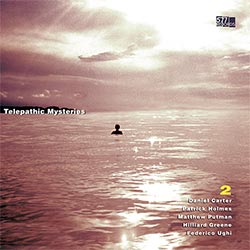

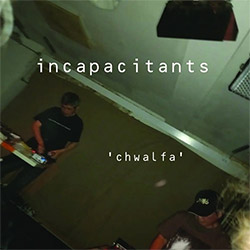
![Genthon, Anouck / Lionel Marchetti: Suite Blanche [2 CDs]](https://www.teuthida.com/productImages/misc4/36642.jpg)
![Toeplitz, Kasper T.: Erosions Programmees [CD + BOOKLET]](https://www.teuthida.com/productImages/misc4/36639.jpg)
![Gate, The : Amost Live [CASSETTE + MAGAZINE]](https://www.teuthida.com/productImages/misc4/36836.jpg)
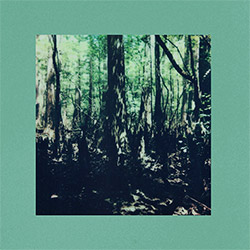

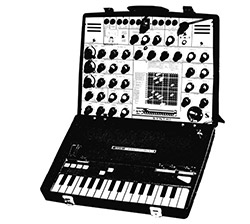
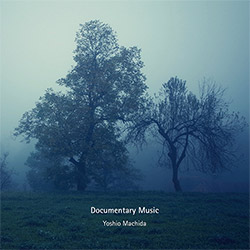
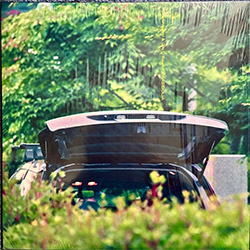
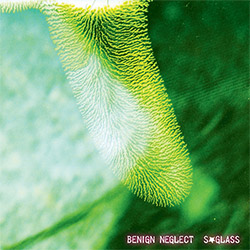
![A Magic Whistle: The Solar Cell [VINYL]](https://www.teuthida.com/productImages/misc4/36658.jpg)
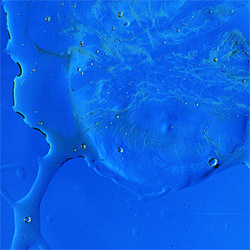
![McGee, Hal: Columbus Expedition [Cassette w/ Download]](https://www.teuthida.com/productImages/misc4/36650.jpg)
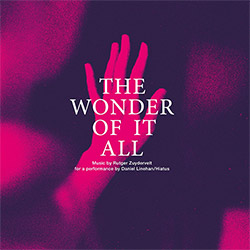

![Jaeger, Kassel: Fernweh [VINYL 2 LPs]](https://www.teuthida.com/productImages/misc4/36541.jpg)

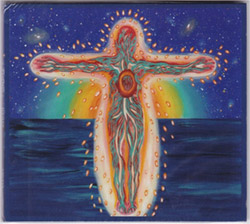
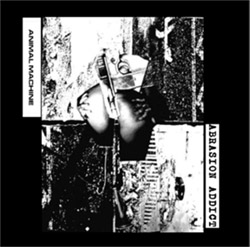
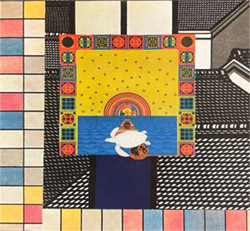

![+DOG+: The Light Of Our Lives [2 CDs]](https://www.teuthida.com/productImages/misc4/36009.jpg)
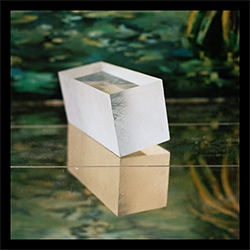
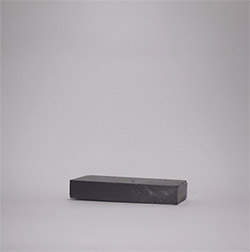
![Eternities: Rides Again [CASSETTE]](https://www.teuthida.com/productImages/misc4/36247.jpg)
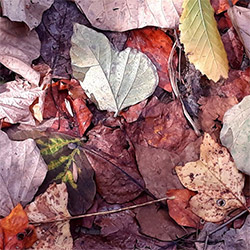
![Lopez, Francisco: Untitled (2021-2022) [2 CDs]](https://www.teuthida.com/productImages/misc4/36438.jpg)
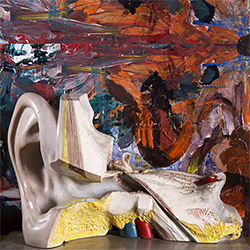

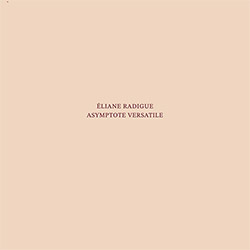
![Frey, Jurg : Composer, Alone [3 CDs]](https://www.teuthida.com/productImages/misc4/36927.jpg)
![Pisaro-Liu, Michael: Within (2) / Appearance (2) [2 CDs]](https://www.teuthida.com/productImages/misc4/36831.jpg)
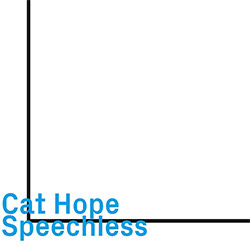
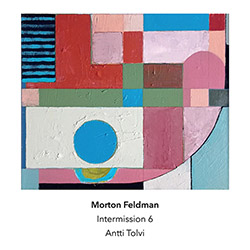
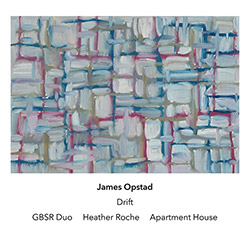
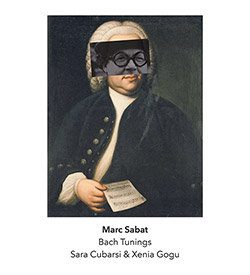
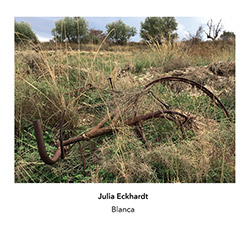

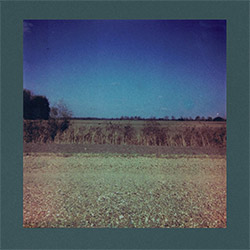
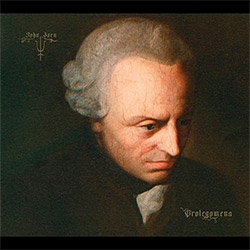
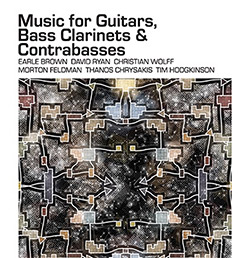
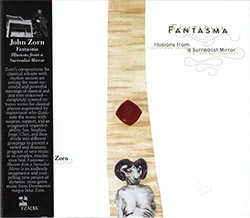
![Musicworks Magazine: #151 Summer 25 [MAGAZINE + CD]](https://www.teuthida.com/productImages/misc4/36559.jpg)
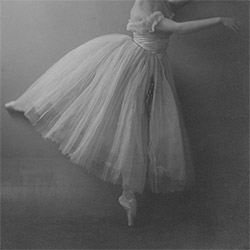
![Brown, Dan / Dan Reynolds: Live At The Grange Hall [unauthorized][CASSETTE]](https://www.teuthida.com/productImages/misc4/36245.jpg)
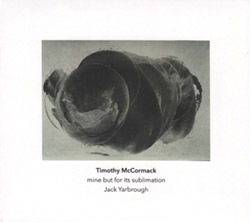
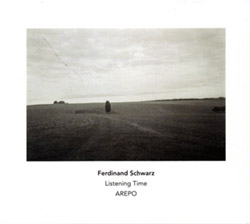
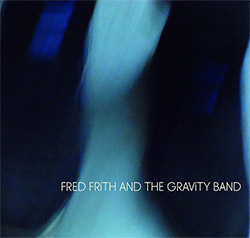
![Coultrain: Mundus [COLORED VINYL]](https://www.teuthida.com/productImages/misc4/33056.jpg)
![Hprizm: Signs Remixed [COLORED VINYL]](https://www.teuthida.com/productImages/misc4/30635.jpg)
![Halls Of the Machine: All Tribal Dignitaries [CASSETTE w/ DOWNLOAD]](https://www.teuthida.com/productImages/misc4/36134.jpg)

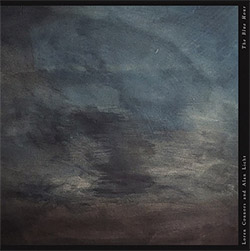
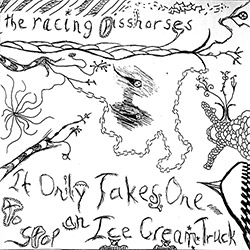
![Koenjihyakkei: Live at Club Goodman [2 CDs]](https://www.teuthida.com/productImages/misc4/36111.jpg)
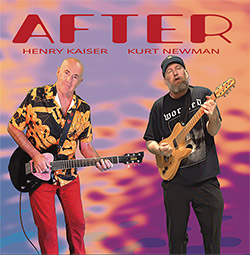
![Sorry For Laughing (G. Whitlow / M. Bates / Dave-Id / E. Ka-Spel): Rain Flowers [2 CDS]](https://www.teuthida.com/productImages/misc4/35985.jpg)
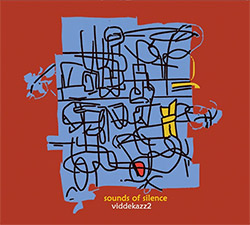
![Rolando, Tommaso / Andy Moor : Biscotti [CASSETTE w/ DOWNLOADS]](https://www.teuthida.com/productImages/misc4/36106.jpg)


![Electric Bird Noise / Derek Roddy: 8-10-22 [CD EP]](https://www.teuthida.com/productImages/misc4/35970.jpg)
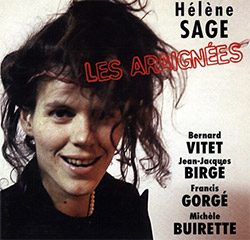


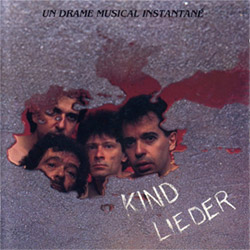
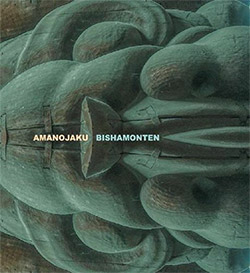
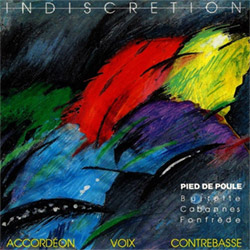
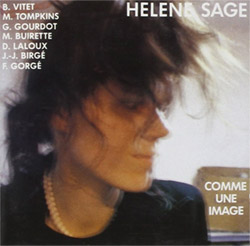
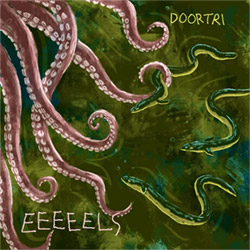
![Elephant9 : Mythical River [VINYL]](https://www.teuthida.com/productImages/misc4/34624.jpg)
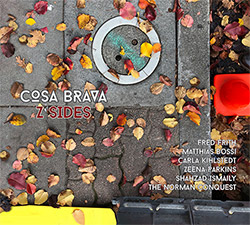
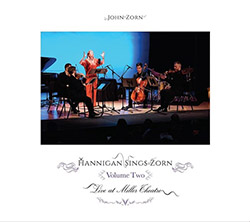
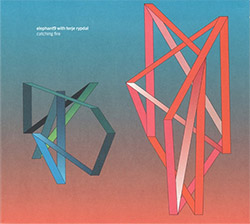
![Elephant9 with Terje Rypdal: Catching Fire [VINYL 2 LPs]](https://www.teuthida.com/productImages/misc4/35355.jpg)
![Deerlady (Obomsawin, Mali / Magdalena Abrego): Greatest Hits [VINYL]](https://www.teuthida.com/productImages/misc4/34876.jpg)
![Coley, Byron: Dating Tips for Touring Bands [VINYL]](https://www.teuthida.com/productImages/misc4/17906.jpg)

![Lost Kisses: My Life is Sad & Funny [DVD]](https://www.teuthida.com/productImages/misc4/lostKissesDVD.jpg)